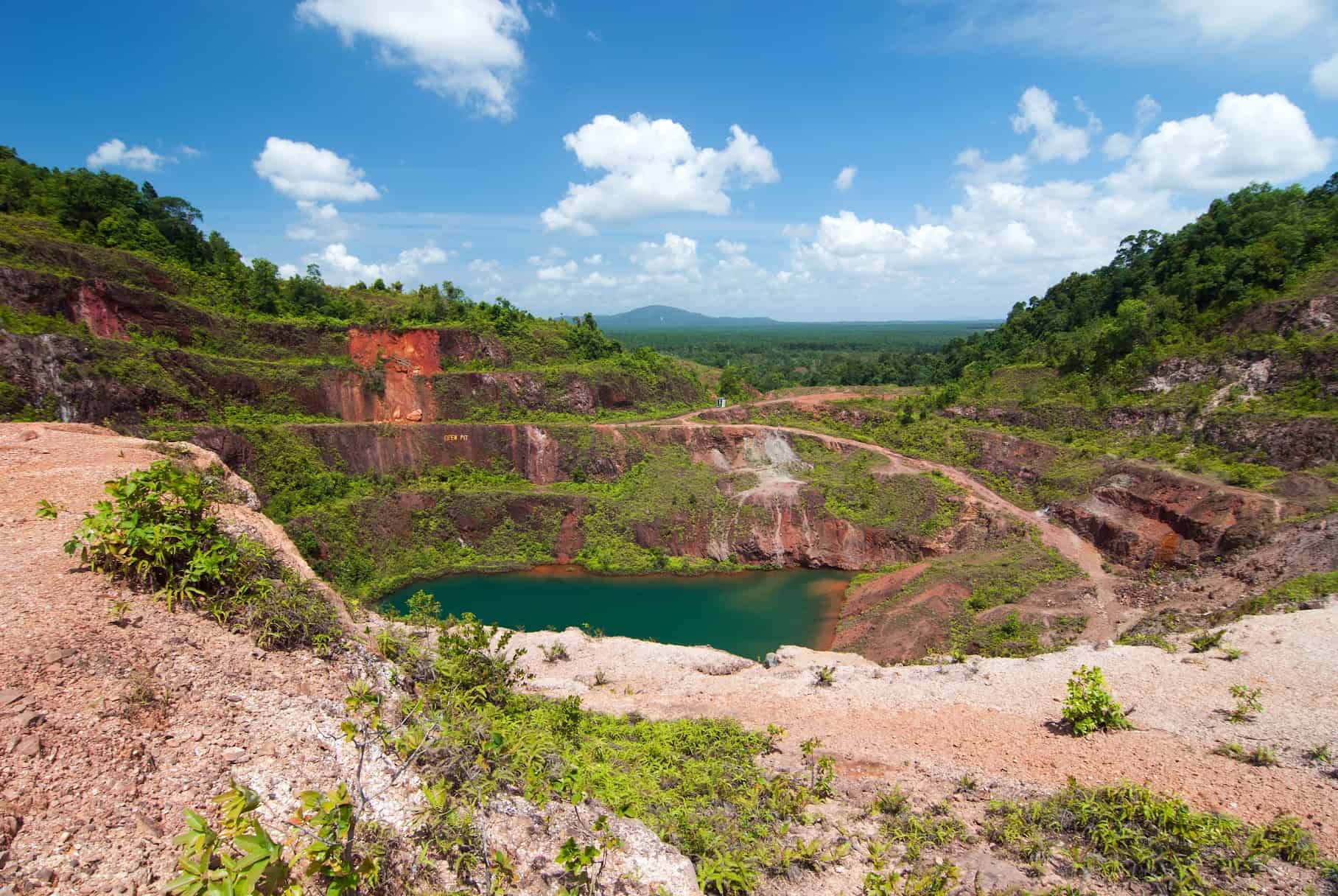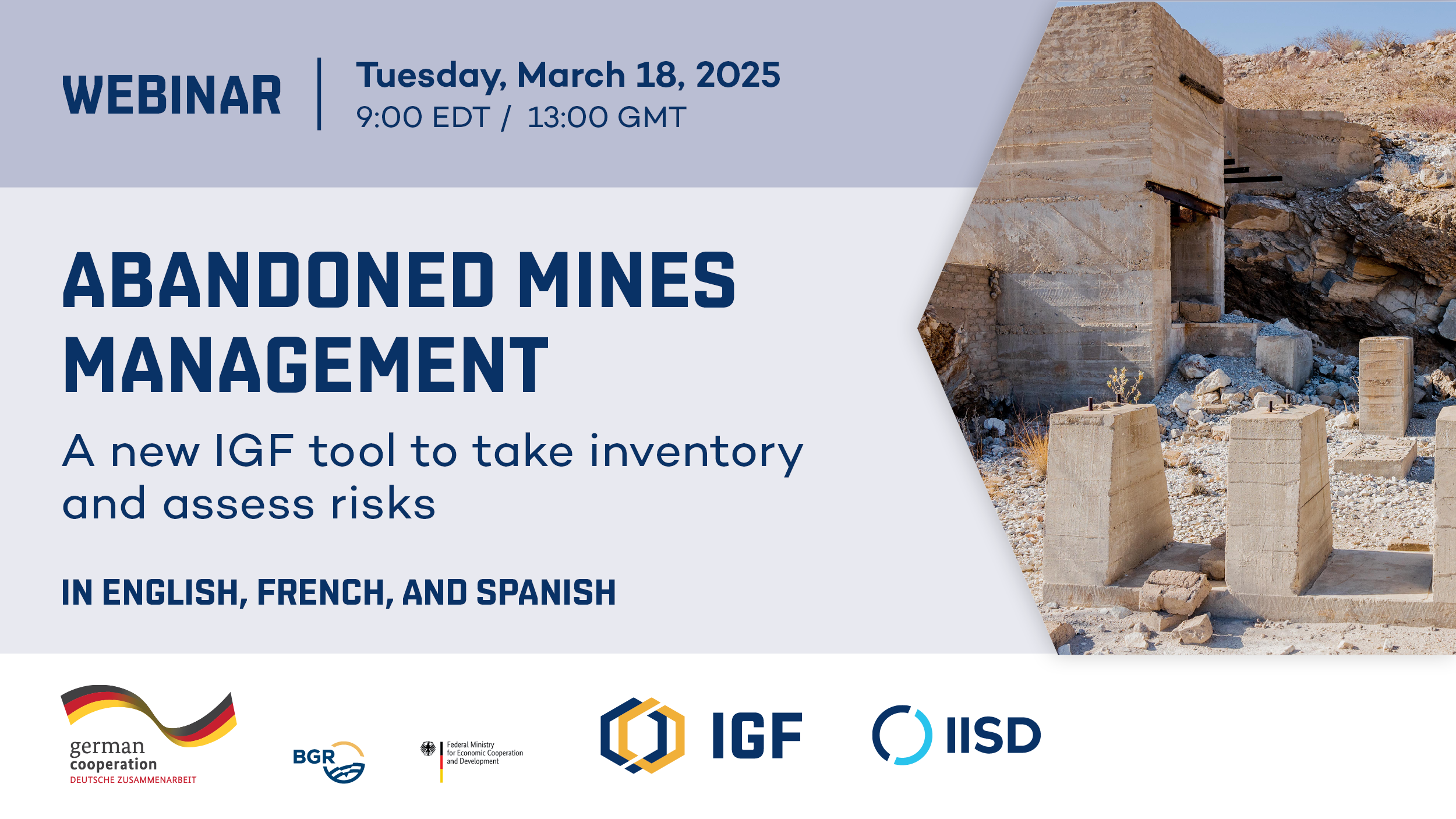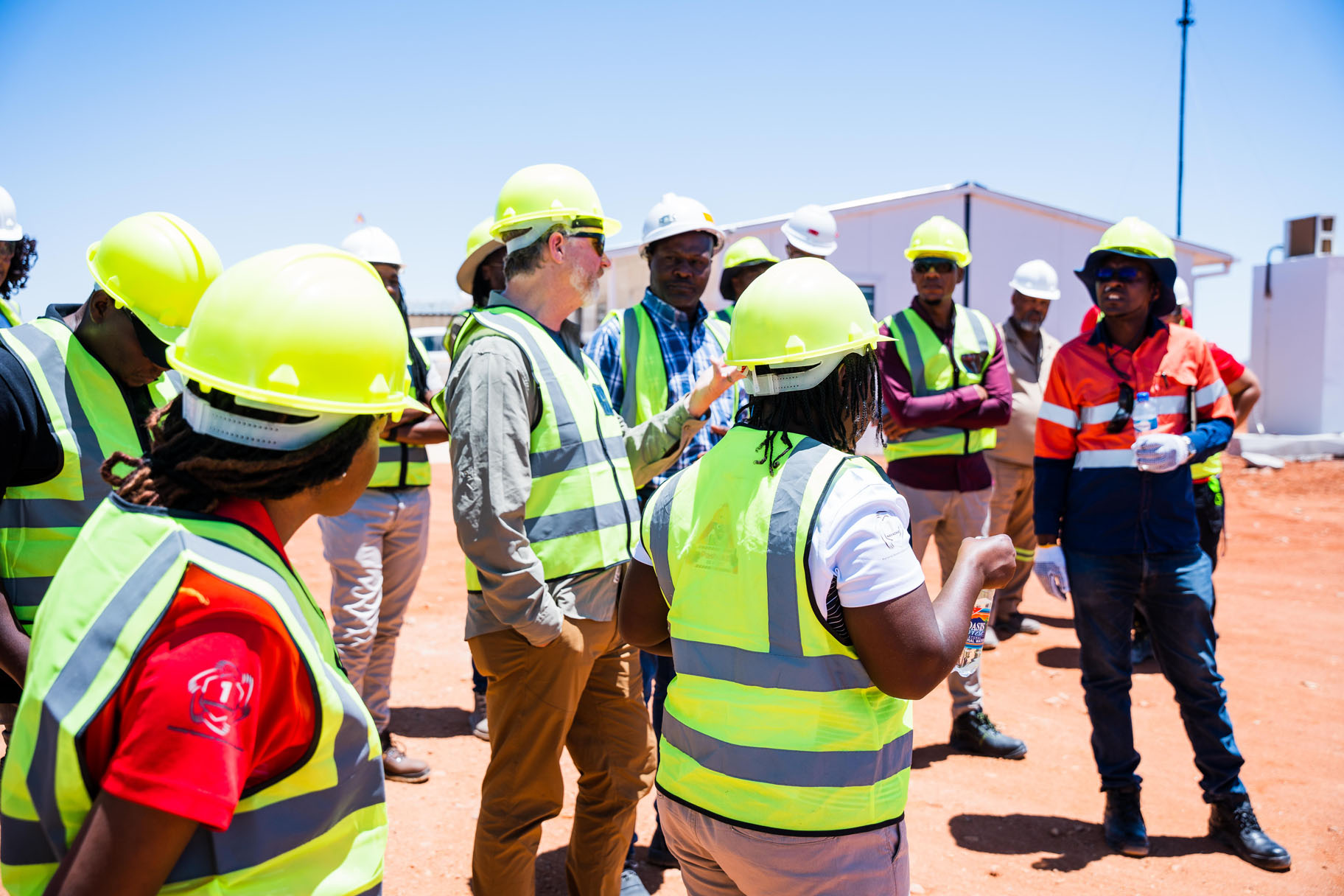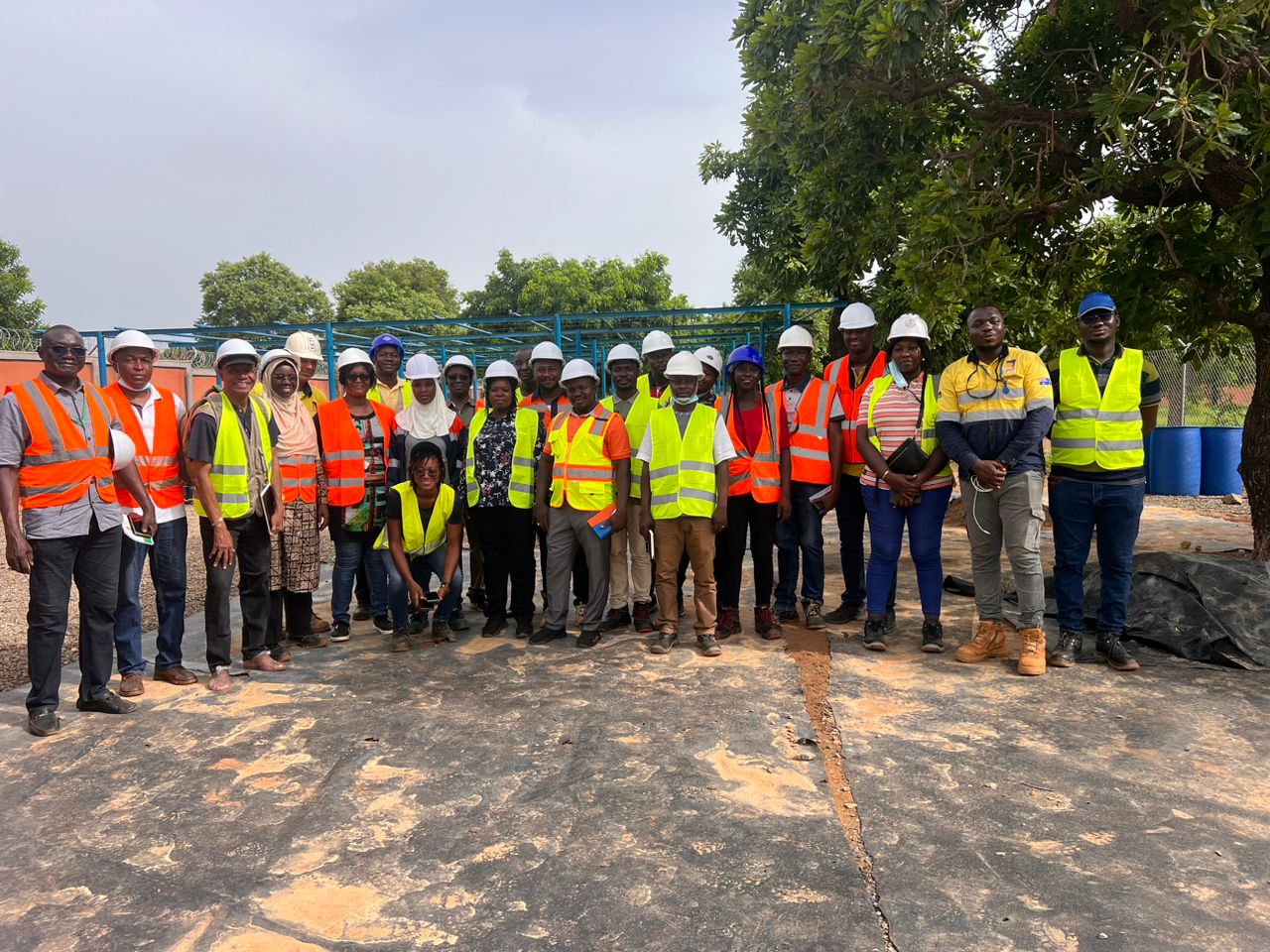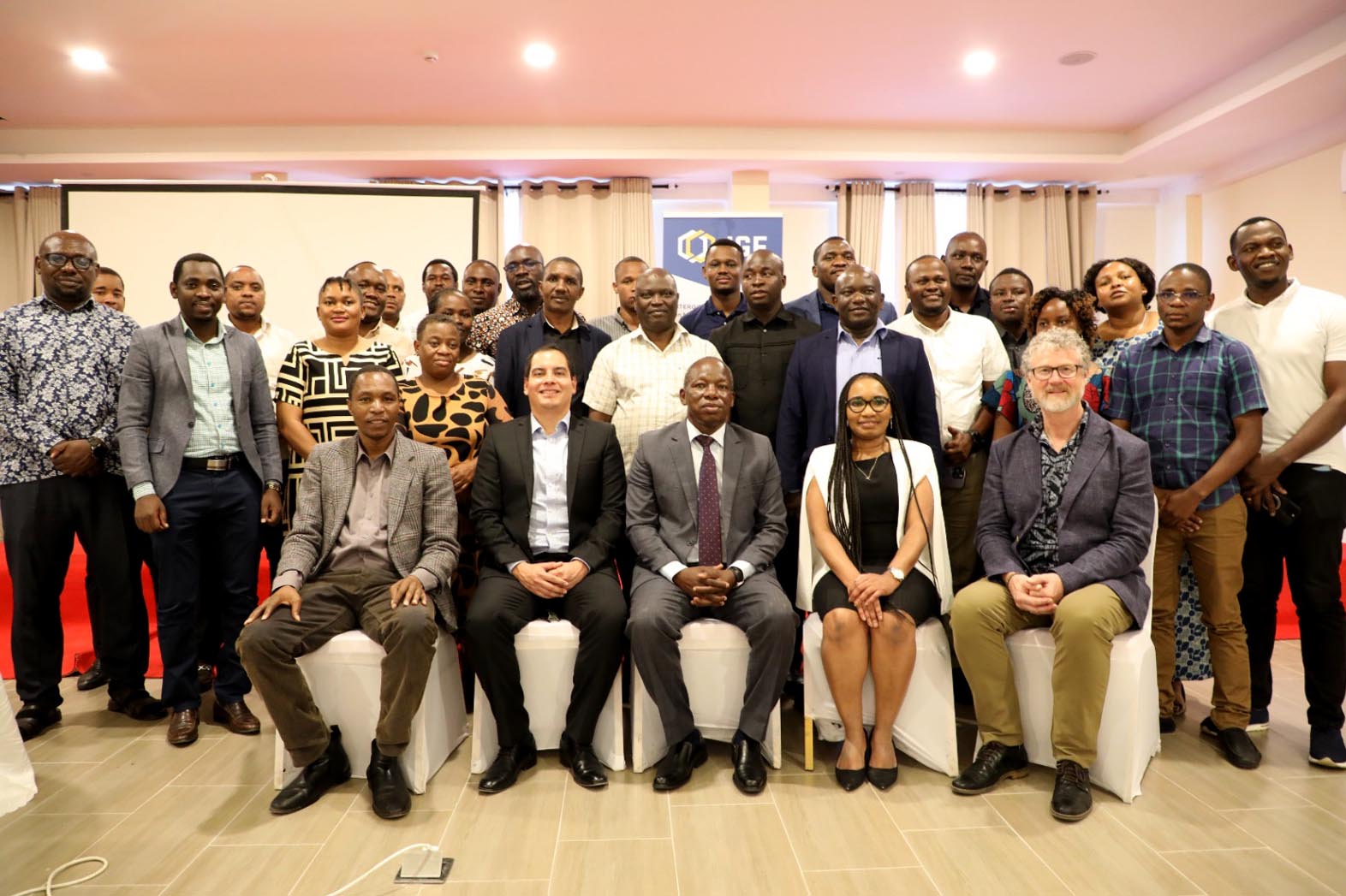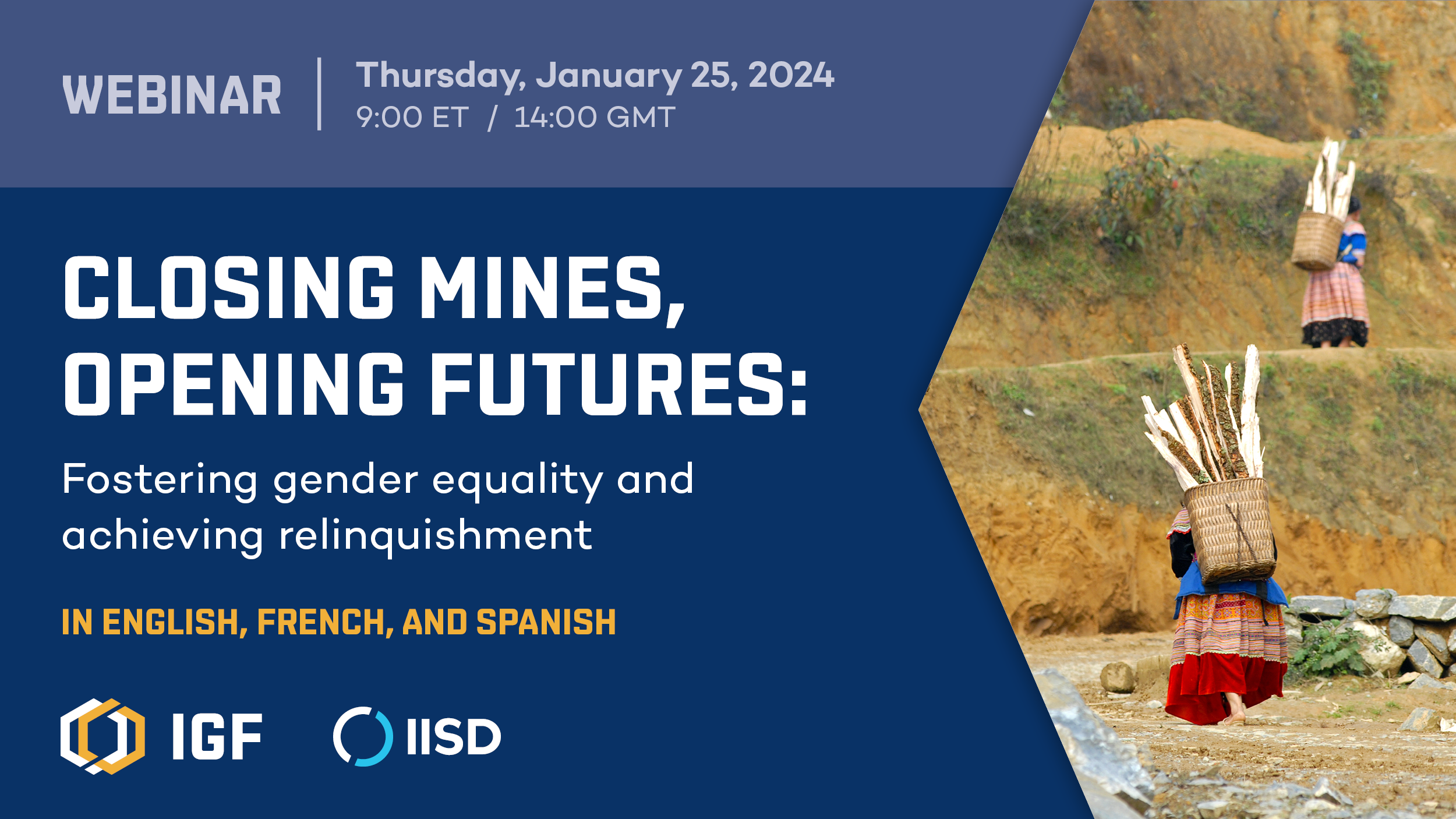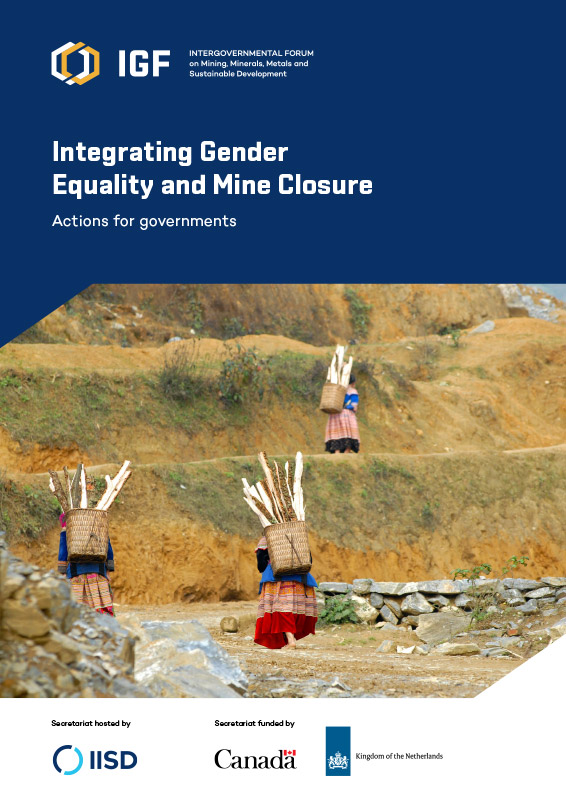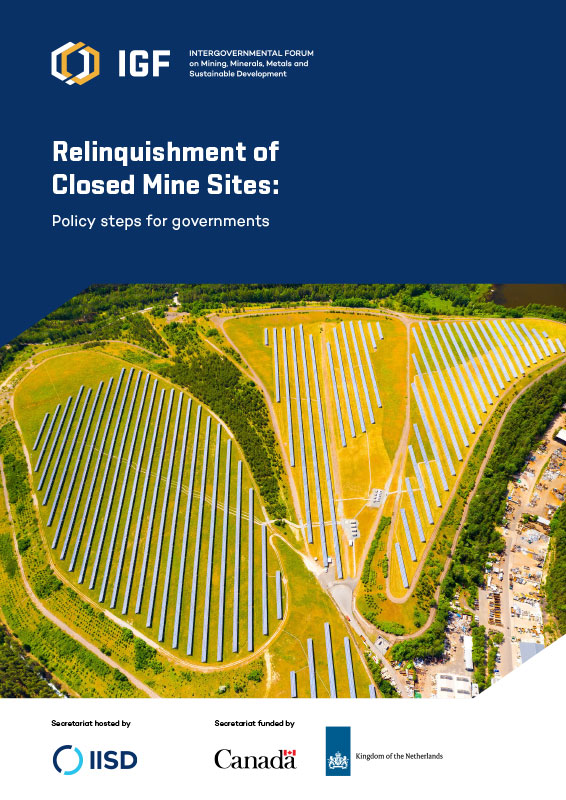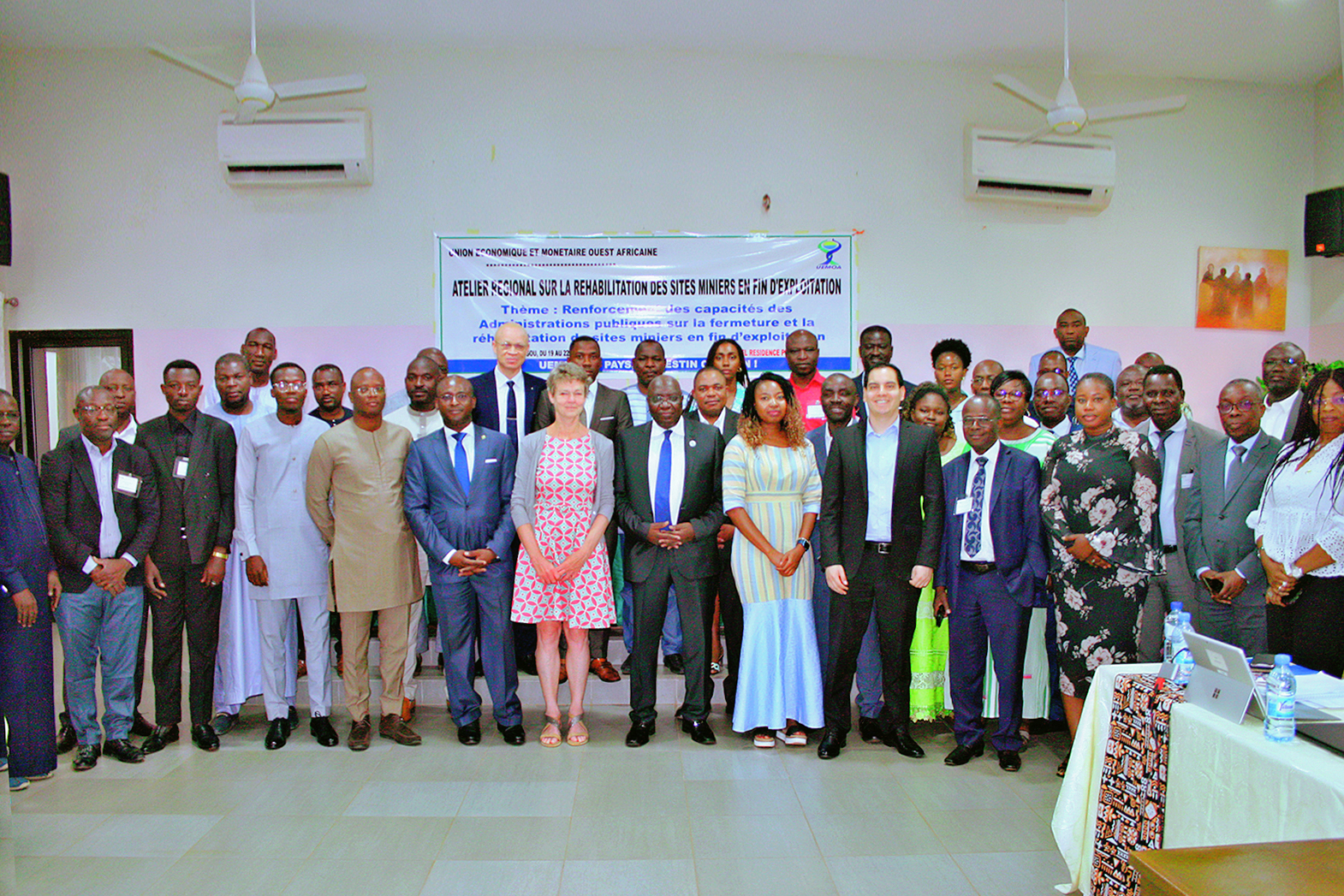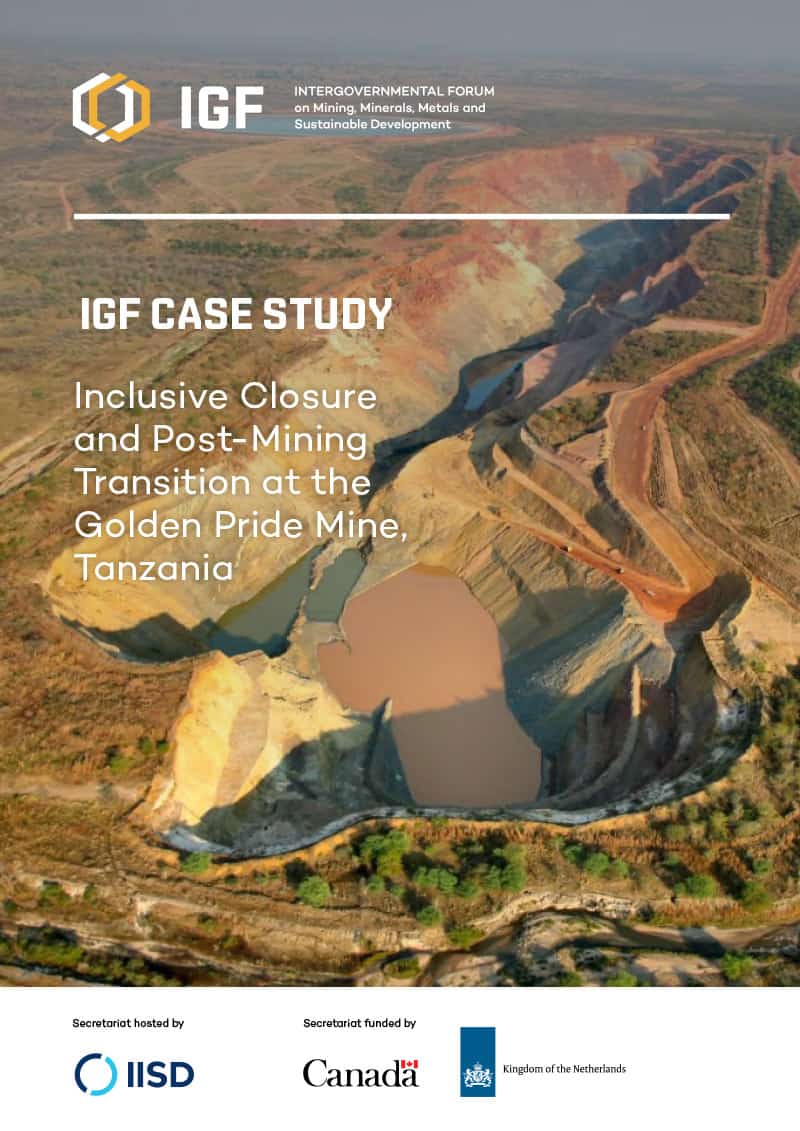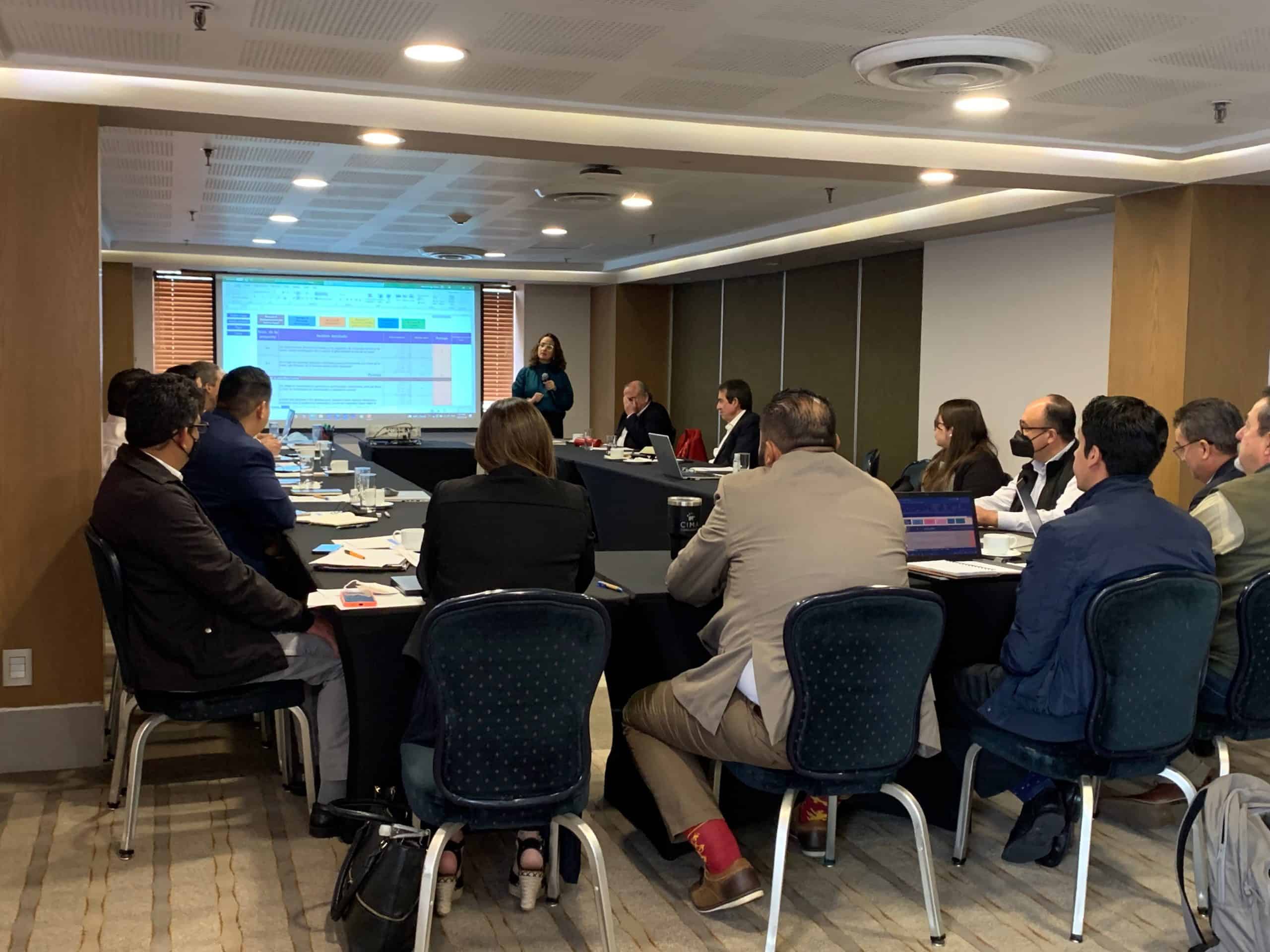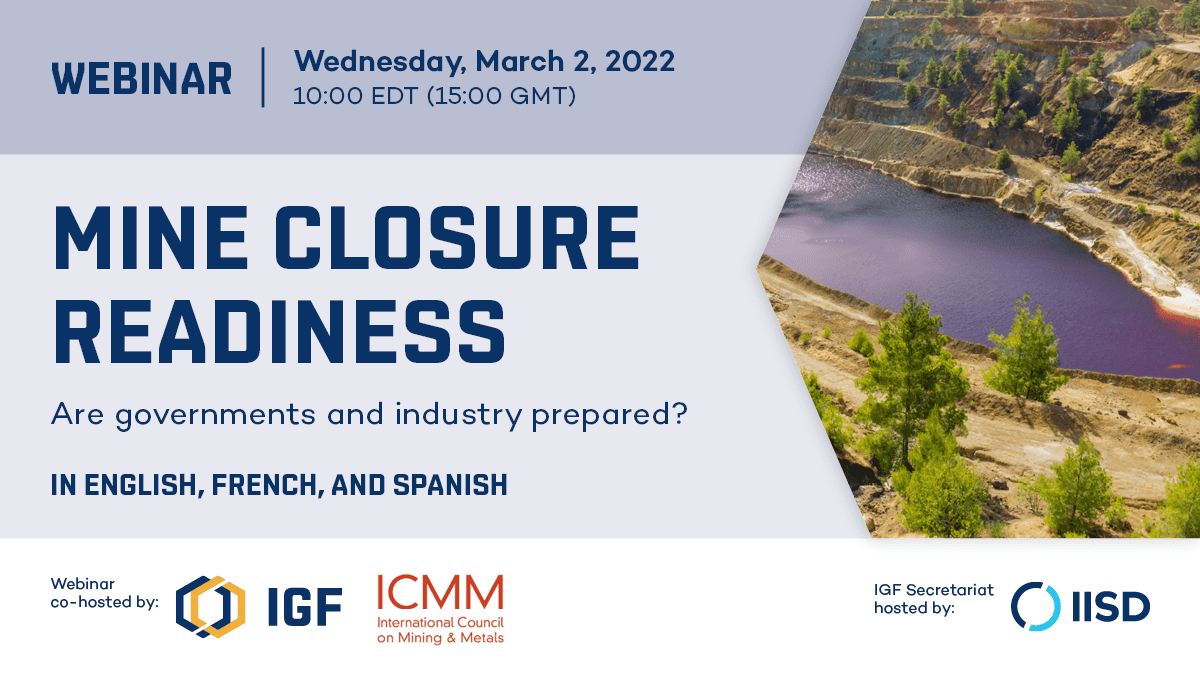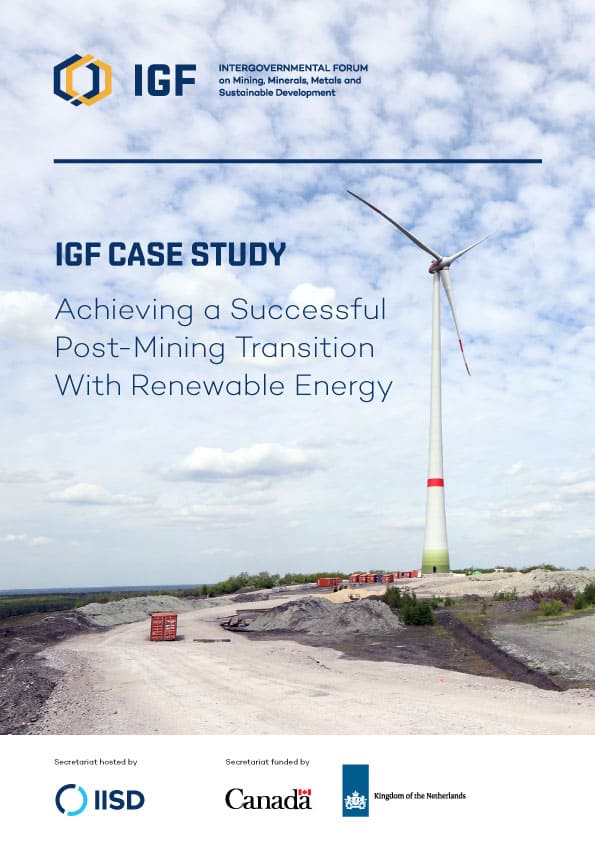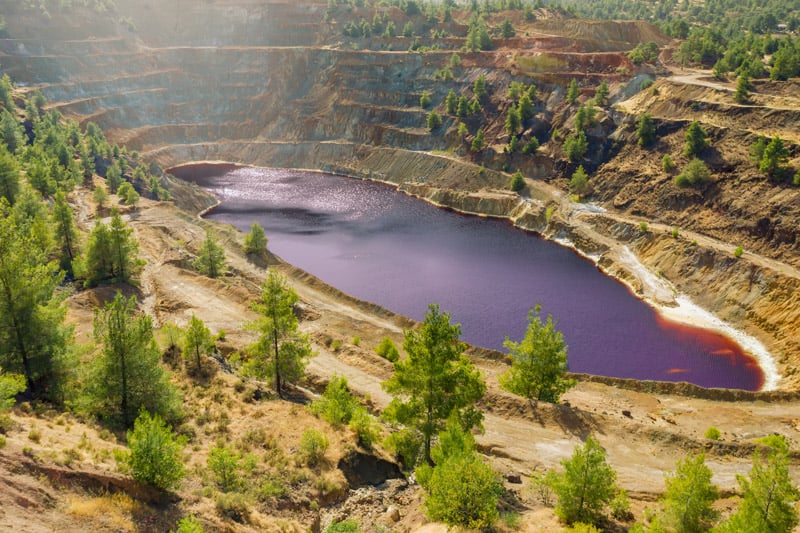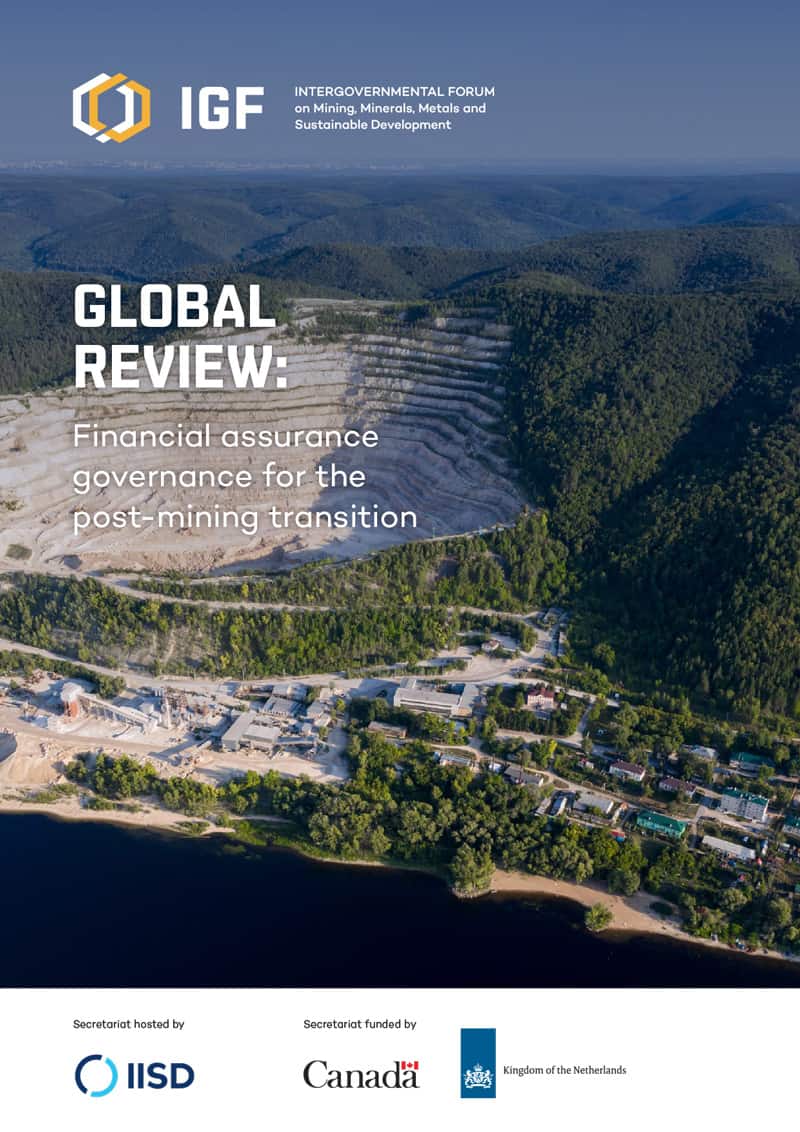Mine Closure and Post-Mining Transition
Minerals and metals are critical to the products and technologies of modern society. They are also vital for the shift to a low-carbon economy. For mining to be more sustainable, the industry must provide these natural resources without compromising the integrity of the environment or the well-being of local communities in the future. Well-planned and executed mine closure and post-mining transition can help achieve this goal.
Mining projects consistent with sustainable development principles ensure planning for closure and post-mine site use is present throughout the mine’s life cycle, which consists of five stages:
- Mine planning: exploration and feasibility studies
- Construction: establishing the mine site, from roads and processing facilities to environmental management systems
- Operations: active production
- Closure: completion of the mining operation, with closure and rehabilitation of the site
- Post-mining transition: long-term maintenance and conversion of mine site for other uses.

